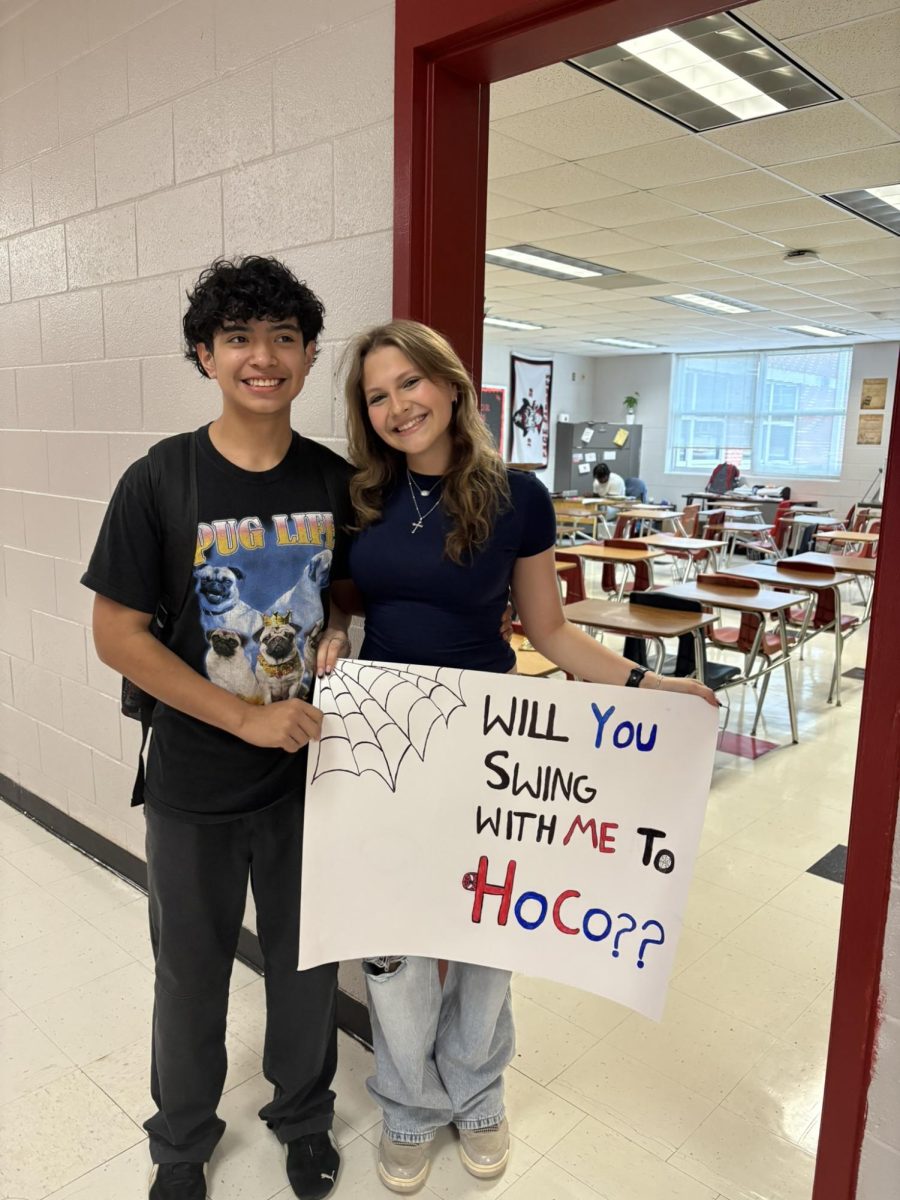In recent weeks, the United States has witnessed a series of tragic aviation accidents that have shaken the nation and raised extreme concerns about air travel safety. On January 29, 2025, a devastating mid-air collision occurred over Washington, D.C., involving American Eagle Flight 5342 and a Sikorsky UH-60 Black Hawk helicopter. This catastrophe resulted in the loss of 67 lives, including passengers, crew members, and soldiers. Among the victims were young figure skaters and their coaches returning from a national championship, creating a dull shadow over the sports community. The victims were mothers, fathers, brothers and sisters that were returning home or going to visit loved ones. This is truly a devastating loss.
Just days later, on February 1, a small plane tragically crashed in Northeast Philadelphia, claiming seven lives and injuring at least 22 others. The aircraft descended onto a residential area, causing significant damage and prompting an extensive investigation by the National Transportation Safety Board (NTSB).
These incidents have not only led to many personal losses but have also disrupted communities and industries. The figure skating community, for instance, mourns the loss of 28 members, including young athletes and their families. This highlights the wide-spread impact of these tragedies.
The Federal Aviation Administration (FAA) and the NTSB are currently investigating these accidents to determine their causes and to prevent future happenings. Reports suggest potential issues such as difficulties with understanding air traffic control and possible mechanical failures. These investigations are very important, as they will inform policy changes and safety protocols that are aimed at furthering and enhancing aviation safety.
The recent series of accidents has led to public concern regarding the safety of air travel in the United States. While air travel remains statistically safer than other modes of transportation, these incidents serve as a distinct reminder of the inherent risks that are still involved. They underscore the necessity for continuous surveillance and attention, careful maintenance, and strict adherence to safety protocols within the aviation industry.
As a response to these tragedies, there have been calls for comprehensive reviews of aviation safety measures. This includes evaluating air traffic control operations, aircraft maintenance procedures, and pilot training programs. The goal is to identify any systemic issues that may limit safety and to implement corrective actions promptly.
Moreover, these events have highlighted the importance of supporting the families and communities that have been affected by these tragedies. Organizations and individuals have come together to offer assistance, which demonstrates people’s resilience and solidarity during a time of adversity.
As investigations continue, it is imperative for the aviation industry, regulation, and the public to collaborate in order to confirm a culture of safety. This includes advocating for necessary policy changes and supporting technological advancements that strengthen safety. It’s also important that open lines of communication are being maintained.
There have been many different conspiracy theories and speculations regarding the reasoning behind these crashes. Some Americans believe that they were purposeful and that they were some sort of terrorism attack, while other critics believe that it was behind the works of Donald Trump.
So while the recent plane crashes have been devastating and raised many questions, they also present an opportunity for reflection and improvement within the aviation sector. By learning from these incidents and implementing strong safety measures, we can honor the memories of those lost and work towards preventing tragedies like this in the future.
















